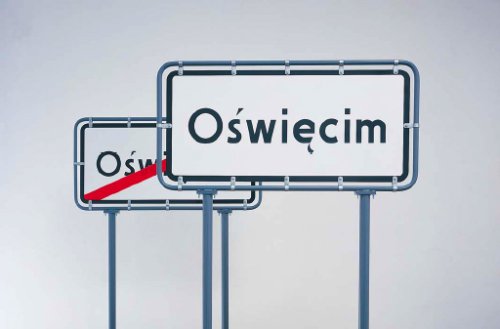Sequences
dal 21/3/2005 al 1/1/2005
Segnalato da
Andrea Polli
Andrew Davidhazy
Babel
Bjorn Schulke
Darren Almond
David Crawford
Martin Newth
Patrick Tarrant
Paul St George
Pia Jonsson
Rufus Butler Seder
Simon Lewandowski
Studiometis
Tess Glanville
Tim Macmillan
Paul St George
21/3/2005
Sequences
Furniture Works, London
An exhibition of 15 contemporary artists that uses sequences of images to explore ideas of space, time, movement and duration. Marey and other chronophotographers first explored these ideas at the turn of the nineteenth century. In those 100 years chronophotography has been in the shadow of cinema, but now it is emerging once again in post cinema practices, digital art and new experimental photography.

Curated by Paul St George
Andrea Polli, Andrew Davidhazy, Babel, Björn Schülke, Darren Almond, David Crawford, Martin Newth, Patrick Tarrant, Paul St George, Pia Jönsson, Rufus Butler Seder, Simon Lewandowski, Studiometis, Tess Glanville and Tim Macmillan
A bullet hovers in mid air, its journey captured frame by frame, a stream of marathon runners fill one seemingly never-ending shot and a fly’s-eye view of the world reflects every movement. Each of these works provide insights into an art form that captures moments in time and space, and all are part of Sequences, a new exhibition celebrating the art and history of chronophotography, opening in March at Furniture Works in the City of London.
Chronophotography is an art form that uses sequences of images to explore ideas of space, time, movement and duration. It was a technique first developed by Étienne-Jules Marey, Eadweard Muybridge and other chronophotographers at the turn of the nineteenth century. This exhibition coincides with the centenary of Marey and Muybridge's death.
There will be 15 contemporary artists exhibiting in Sequences, including the internationally renowned Tim Macmillan, a pioneer of the technique most famously used in The Matrix as 'Bullet Time'. The artworks chosen embody the spirit of 19th century chronophotography. Patrick Tarrant’s ‘Planet Usher’ gives motion and life to an audiovisual archive created by the artist’s brother, who was born deaf and is slowly going blind due to the effects of Usher syndrome, and Darren Almond’s ‘Border’ shows two traffic signs for Oswiecim (synonymous with Auschwitz), the short space between them loaded with meaning.
Alongside the contemporary work, the exhibition will feature historical work by Marey, Muybridge, and other early chronophotographers, and a host of Victorian optical devices, such as a Kaleidoscope, Kinetoscope, Magic Lantern and Stereoscopic Cameras. Visitors will be able to use
reproductions of the Victorian machines, create their own strips and disks of sequential images and bring their drawings to life.
Paul St George, curator of the exhibition, said, "In the last 100 years chronophotography has been in the shadow of cinema, but it is now emerging once again in post cinema practices, digital art and new experimental photography.
"Artists have found that sequences of images offer new opportunities for exploring the timeless issues such as subjectivity, the subject's experience of time and space, and the aesthetics that operate at the intersection of time and space."
A book will be published in 2005 which will contain a series of academic essays based around each of the works in the show. A symposium will also be held during the London show. It is intended that the project will stimulate debate on two key questions: firstly, can we gain insights into the use of sequential images in contemporary art by re-examining chronophotography and pre-cinema? Secondly, do we gain a better understanding of chronophotography and pre-cinema by re-assessing their histories from a current perspective?
The exhibition first opened at the end of 2004 in Peterborough and it will continue to tour the country.
Image: Darren Almond, Border
Press View: Tuesday 22nd March 10am-2pm
Private View: Tuesday 22nd March 6.30-9pm
Furniture Works, 41 Commercial Road, London
Opening Hours: Open Tuesday - Friday 12:00 - 18:00, Open Saturday and Sunday 12:00 - 16:00, Late Opening: Thursday 18:00 - 21:00, Closed Bank Holidays



